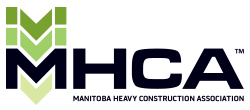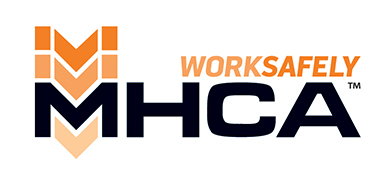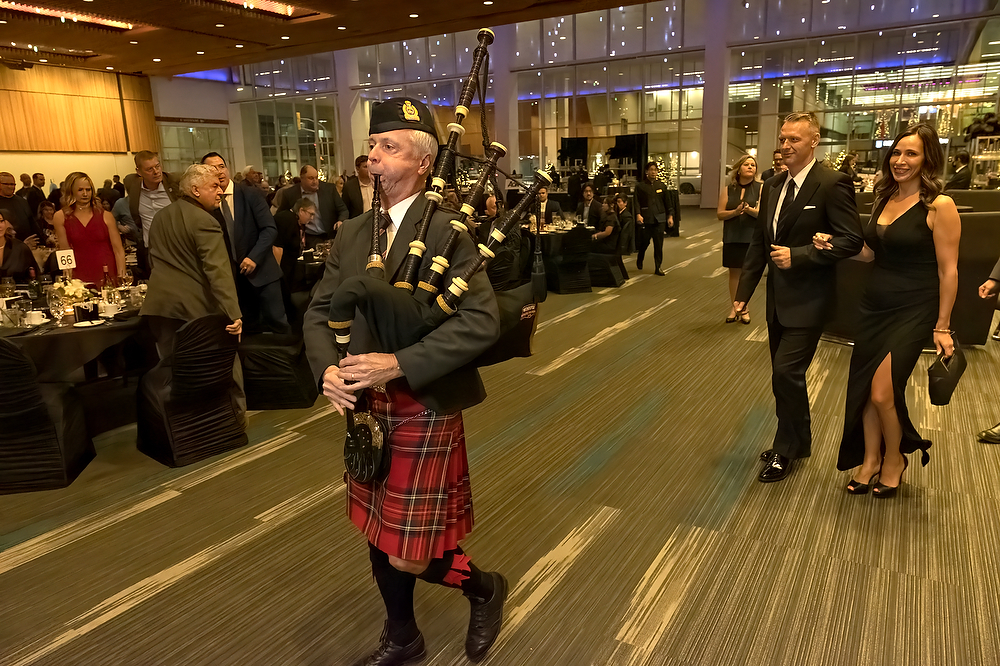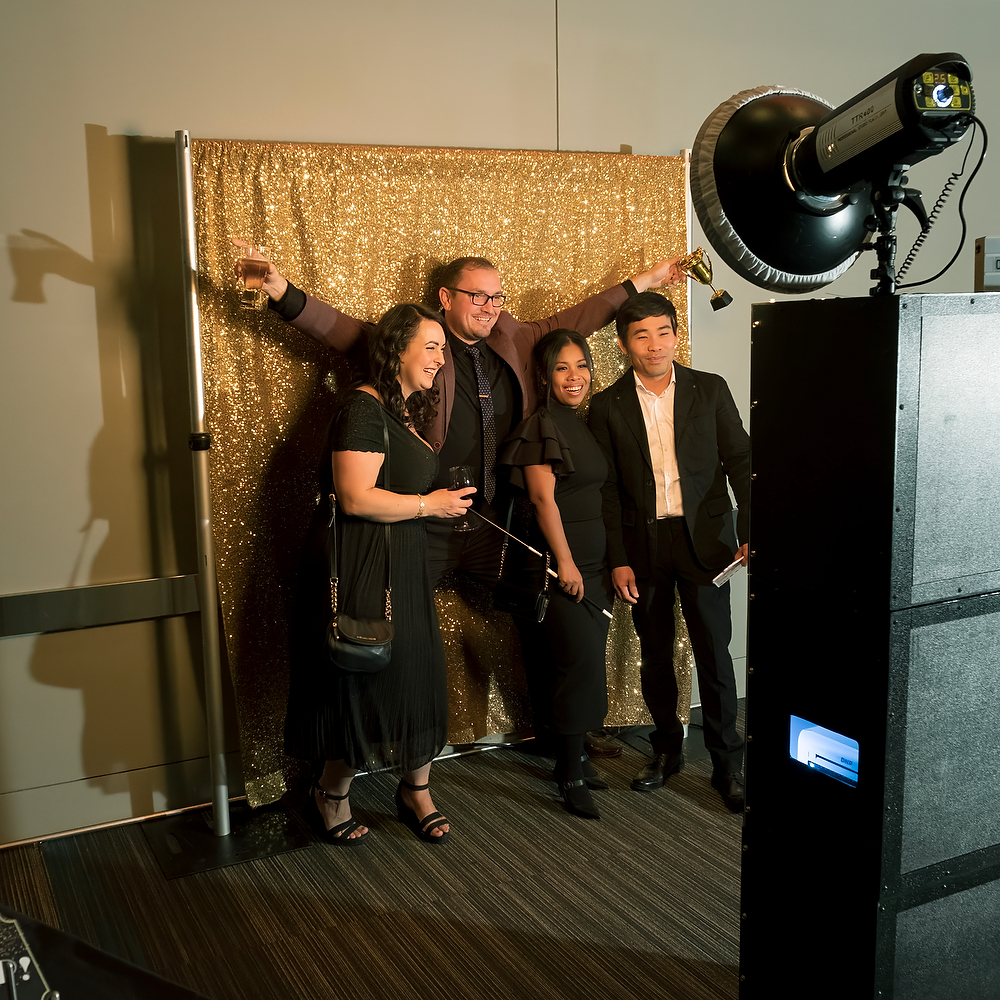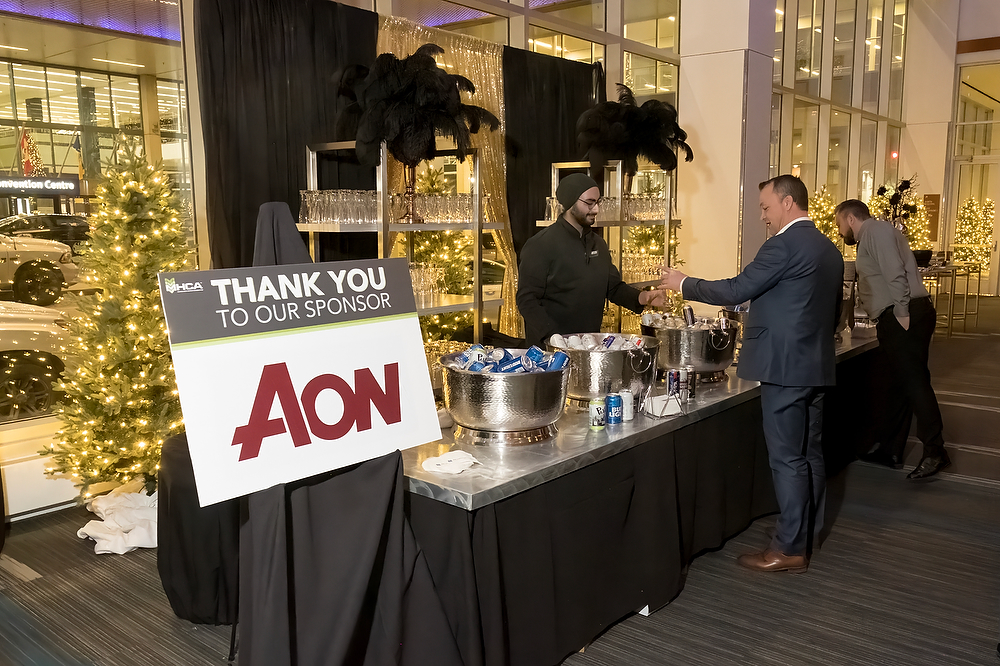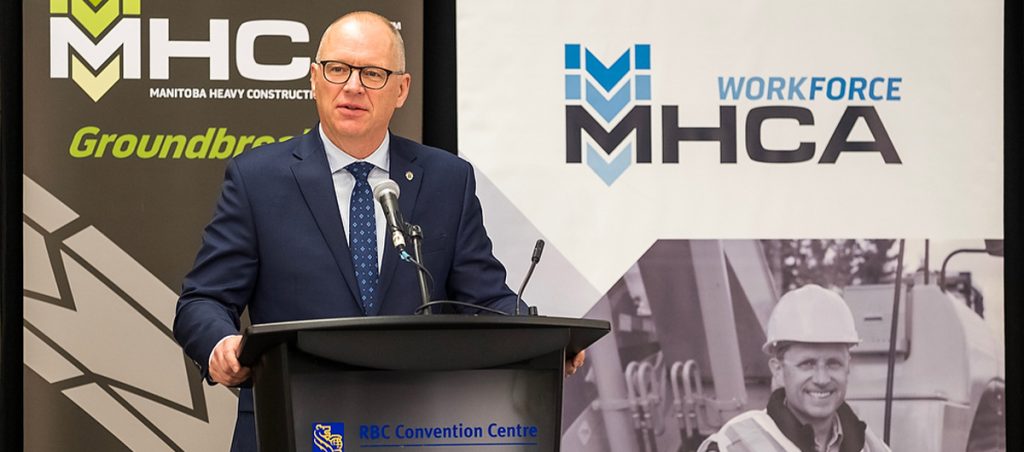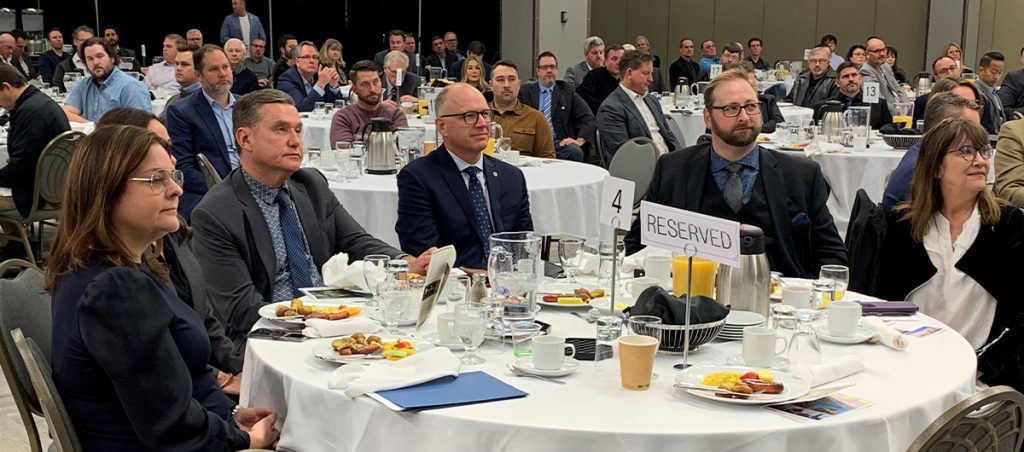Lorenc’s address at Manitoba Chambers of Commerce Deputy Ministers’ Dinner
Manitoba Chambers of Commerce, Deputy Ministers’ Dinner,
June 6, 2019, Fairmont Hotel, Winnipeg
Speaking Notes – Chris Lorenc, B.A., LL.B.,
President, Manitoba Heavy Construction Association
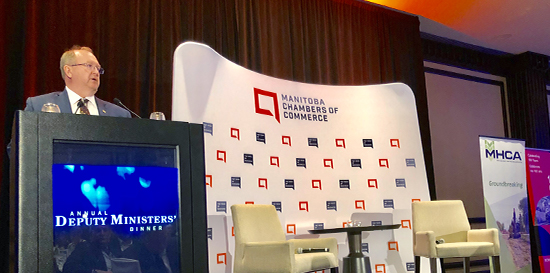
Good evening. What a pleasure to be here.
I love this dinner, the format, the company, the chance to have some good-natured conversations around the table with people who best know our industries, our government, their respective challenges and aspirations.
Speaking of aspirations, I have one for Manitoba. It’s pretty straight-forward – one I believe you share, and that is to make Manitoba Canada’s leader in trade growth.
Trade today accounts for half our GDP, at more than $32 billion.
Our economy rides on trade.
We all know that as trade deals get upended in some countries, there are new opportunities opening new lucrative markets for Canadian goods. Other jurisdictions and provinces are gearing up and we should, too. We cannot afford to get left behind.
We have to muscle up to compete. In 2016, our global trade was about $14 billion – less than half – of Saskatchewan’s, and just $1.5 billion more than New Brunswick.
But trade doesn’t move if we do not have a seamless multi-modal trade-transportation system capable of carrying the load. We all know that.
The proven link between trade, the economy and our trade-enabling transportation infrastructure is what moved the needle on private-sector decisions to invest in CentrePort Canada.
Have you been there lately? You should go. The build-out of the inland port is impressive. It serves our provincial, regional and national trade interests, extremely well.
Infrastructure in general – but specifically, trade-enabling infrastructure – is the great enabler. It is the foundation upon which our economy rides.
We build trade gateways and corridors, railway infrastructure, airports, ports both marine and inland, and highways, bridges and structures. We link them with manufacturers, producers, farmers, pharmaceuticals, aerospace, fisheries and mines. We connect them into urban centres with their industrial parks. And we link them ‘back out again.’
This, collectively, is our trade-enabling infrastructure.
Think about the free trade agreements and why we sign them; the trade profile Canada enjoys; the multi-modal trade transportation system moving product to and from market. Each enables us to trade with the world and collectively provides jobs for millions of Canadians, generating wealth and a standard of living, envied world wide.
Manitoba’s export profile is critical to jobs, careers and funding our quality of life.
In 2017, Manitoba’s top three exports were wheat, pork and canola. Our top three export destinations were: United States – $9 billion; China – $1.4 billion and Japan – $812 million.
If you take anything away from those numbers and markets, it should be that they underscore why, especially now, we must diversify to be successful and grow.
Because its role is so critical to our economy, multiple economic reports conclude trade-enabling infrastructure investment delivers the highest returns on public-sector invested dollars. It boosts the GDP between $1.30 and $1.60 for every $1 of investment – in the same year.
Trade is why we are investing millions in the South Perimeter exchange; why we work to keep floodwaters off Highway 75; why the border crossing at Emerson is being rebuilt; why we fixed the Highway 59 and Perimeter exchange; and it’s why we must extend the Chief Peguis Trail.
But there is a lot more to do. The condition of Winnipeg’s infrastructure is not up to par.
Winnipeg has just released a list of 22 major capital projects valued at $4.9 billion it needs over the next 10 years – some of them lie at the core of our trade-transportation system. But Winnipeg doesn’t have the revenue sources or streams to get it done. Make no mistake these trade corridors – Kenaston; Chief Peguis; Route 90 – and assets – the Louise Bridge; William Clement Parkway – are critical to Winnipeg’s economy.
Council says it needs help to finance these capital projects to support trade competitiveness and therefore economic growth.
New Fiscal Deal, anyone? This IS a key provincial ‘growing the economy’ file.
A solid transportation-infrastructure investment strategy to support our economic prosperity is an expensive proposition. But we can’t afford not to do it.
And we need to get it right.
We need to look at how, why, what and where we now spend our infrastructure dollars.
We need to pull apart the current model – re-imagine how to engage policy planners and decision-makers across departments, with all levels of government and with the private sector, setting aside parochial priorities, for the sake of economic growth, that will benefit everyone.
So how do start the conversation on a new model?
To succeed, this has to be a province-wide and it must involve all of us.
First, let’s know what we’ve got. Winnipeg and the Capital Region have done it, but we need to do that across Manitoba.
Then, we’ve got to know what shape these trade routes are in. What will it cost to bring them to good condition? How do they need to be improved to ensure flow is not impeded? What new investment is required, where and why?
We must make a list and then prioritize those “needs” to ensure that the ones at the top of the list return the most from our investment.
If we do that, we also generate revenues for our social programs, arts and cultural attractions, those things that support our standard of living and quality of life.
When we know what we have, and what we need, we can plot the investment and funding strategies. This is a strategic approach to investing – in our future.
I have a few ideas on how we can get started, where we should be going and how we collectively engage in growing our economy, through strategic infrastructure investment.
So, let’s talk.
I’ve left my calling card at your place setting – take a minute, and call me.
Thank you for listening.
FOLLOW US:
